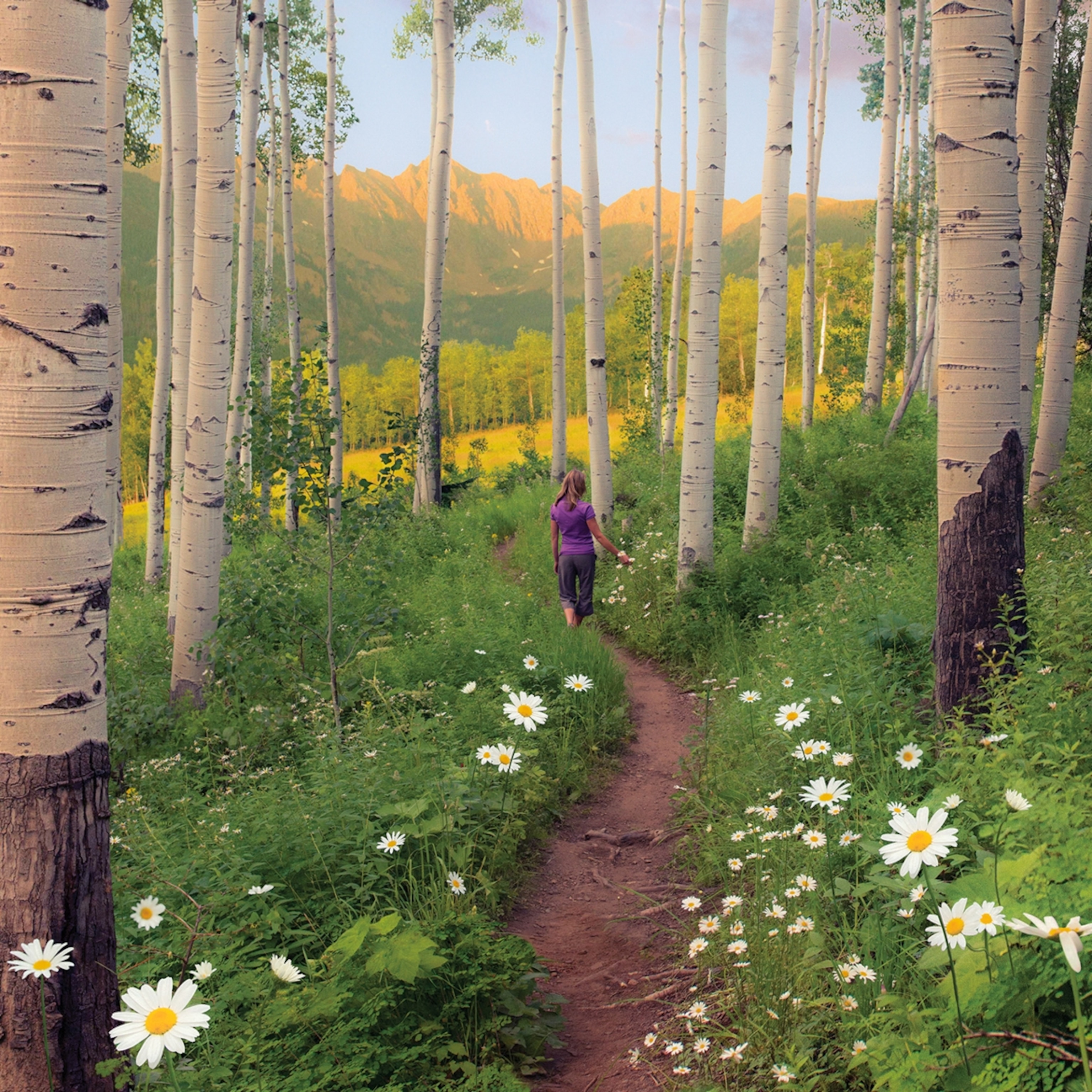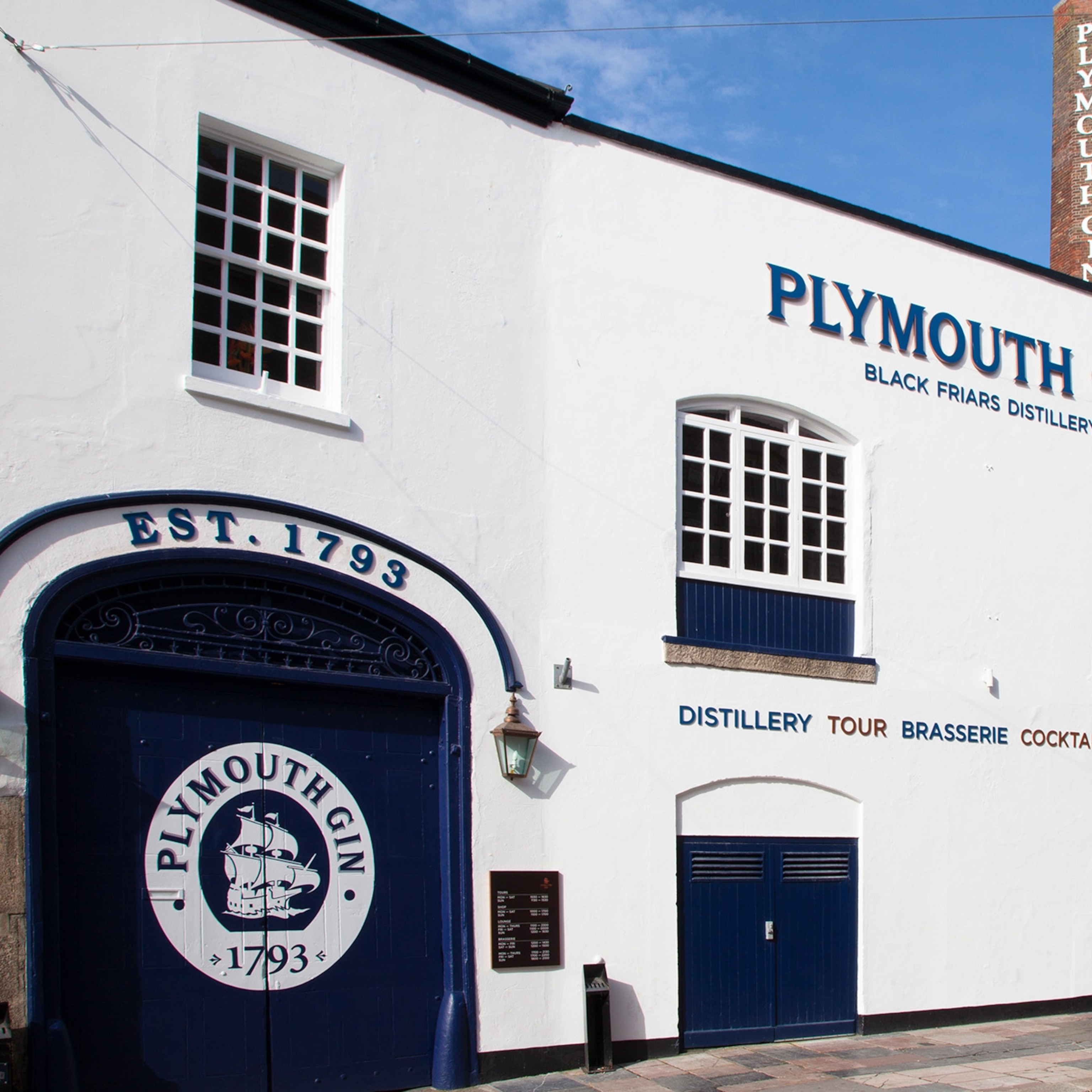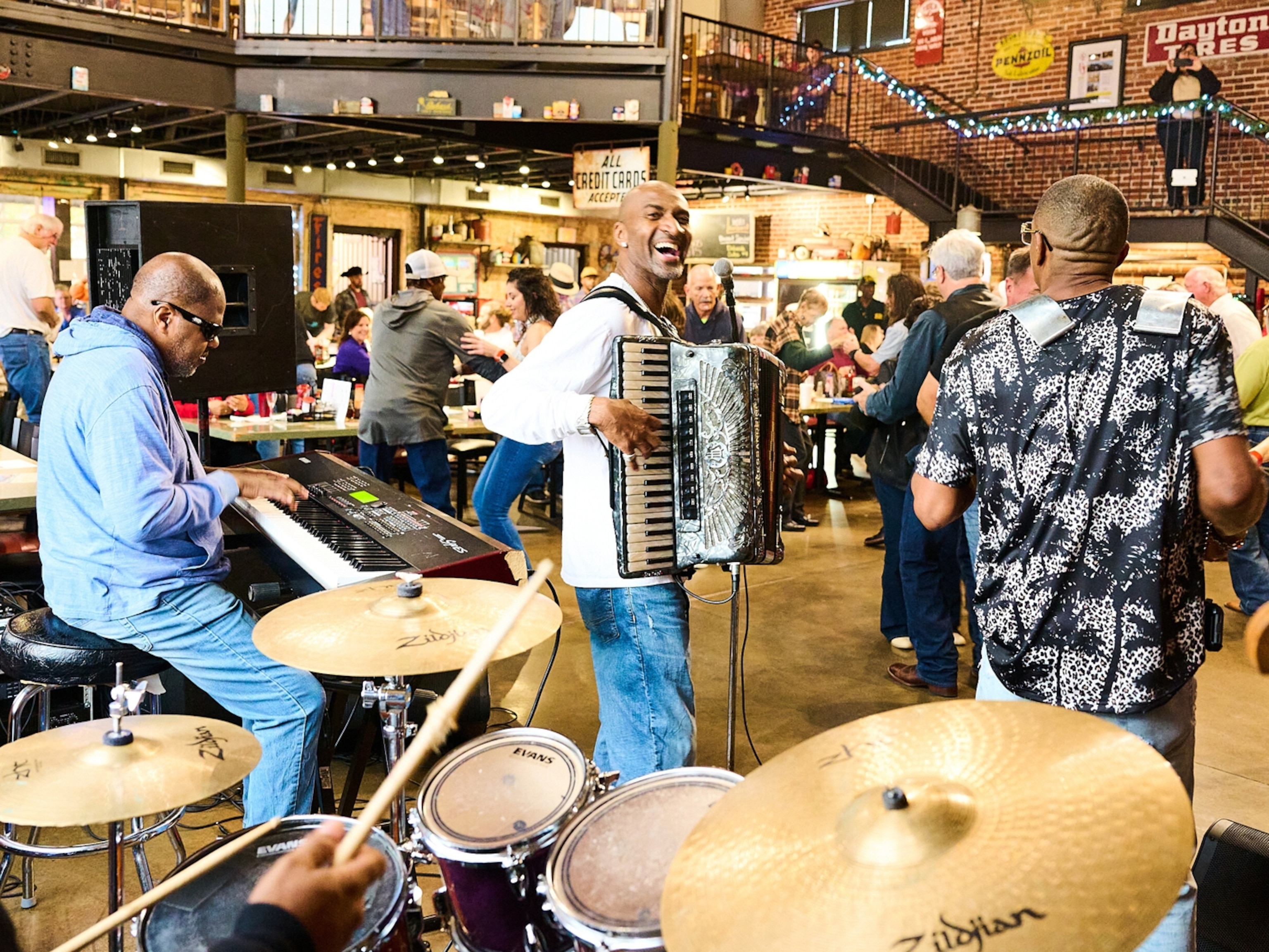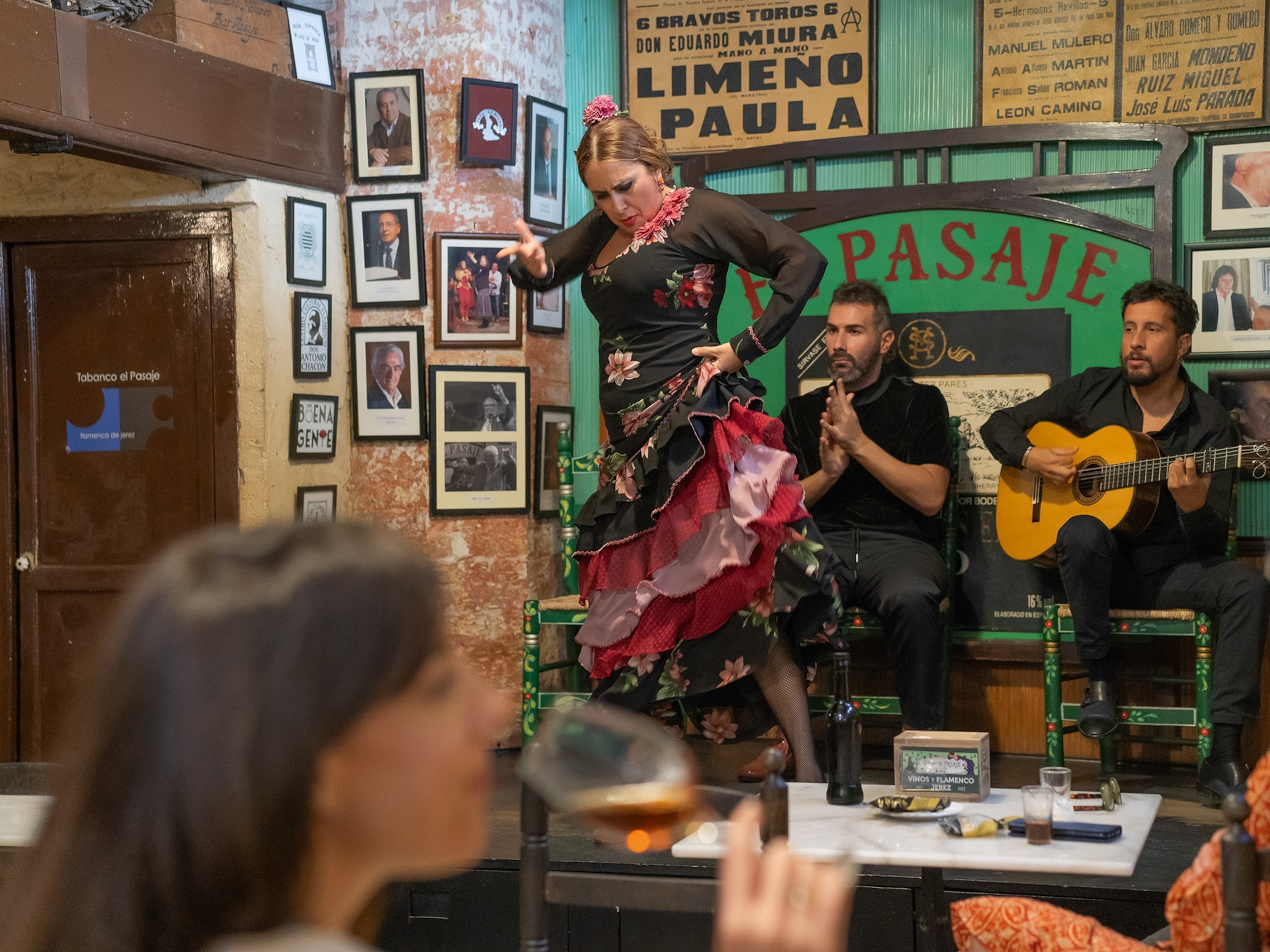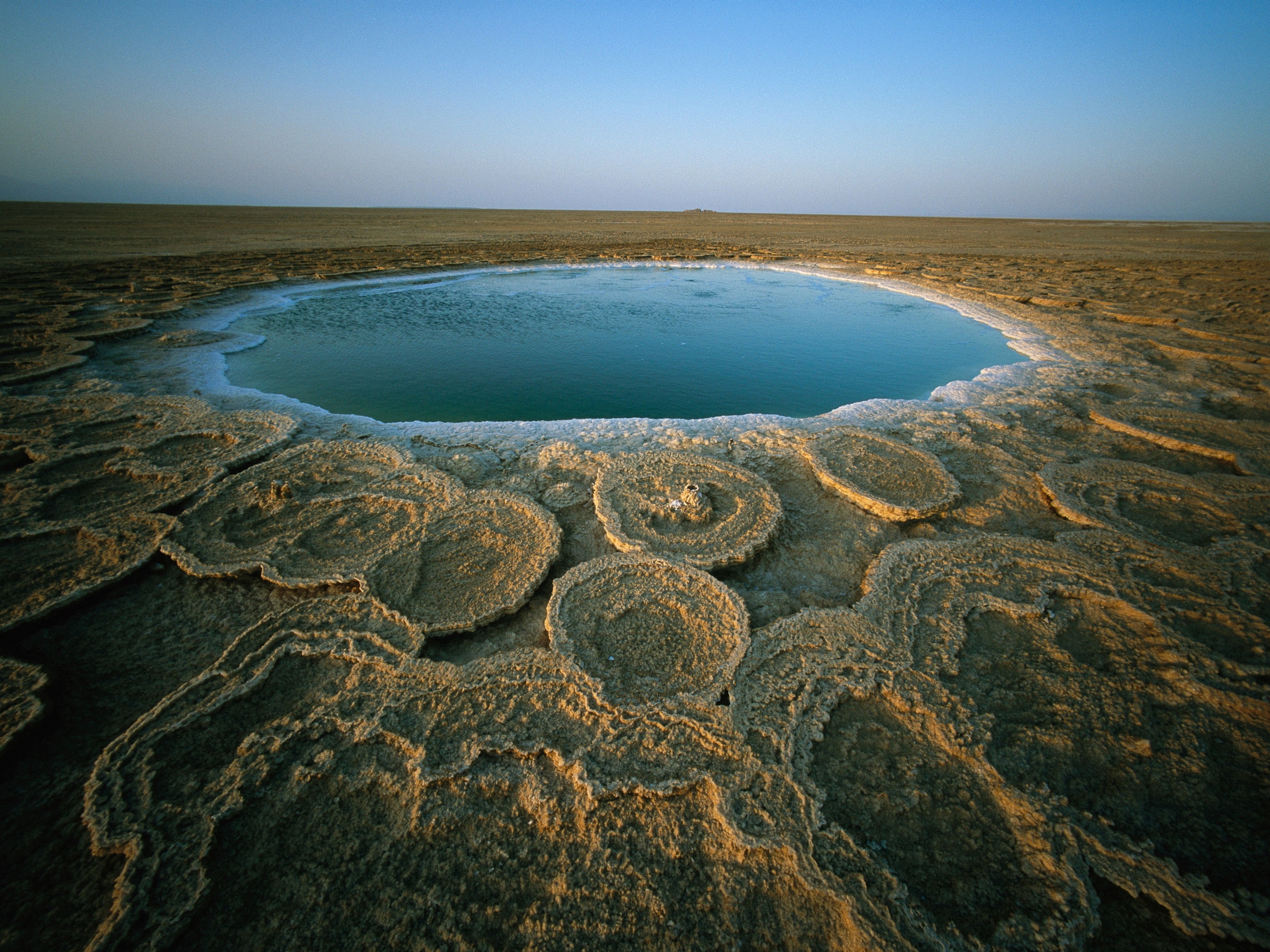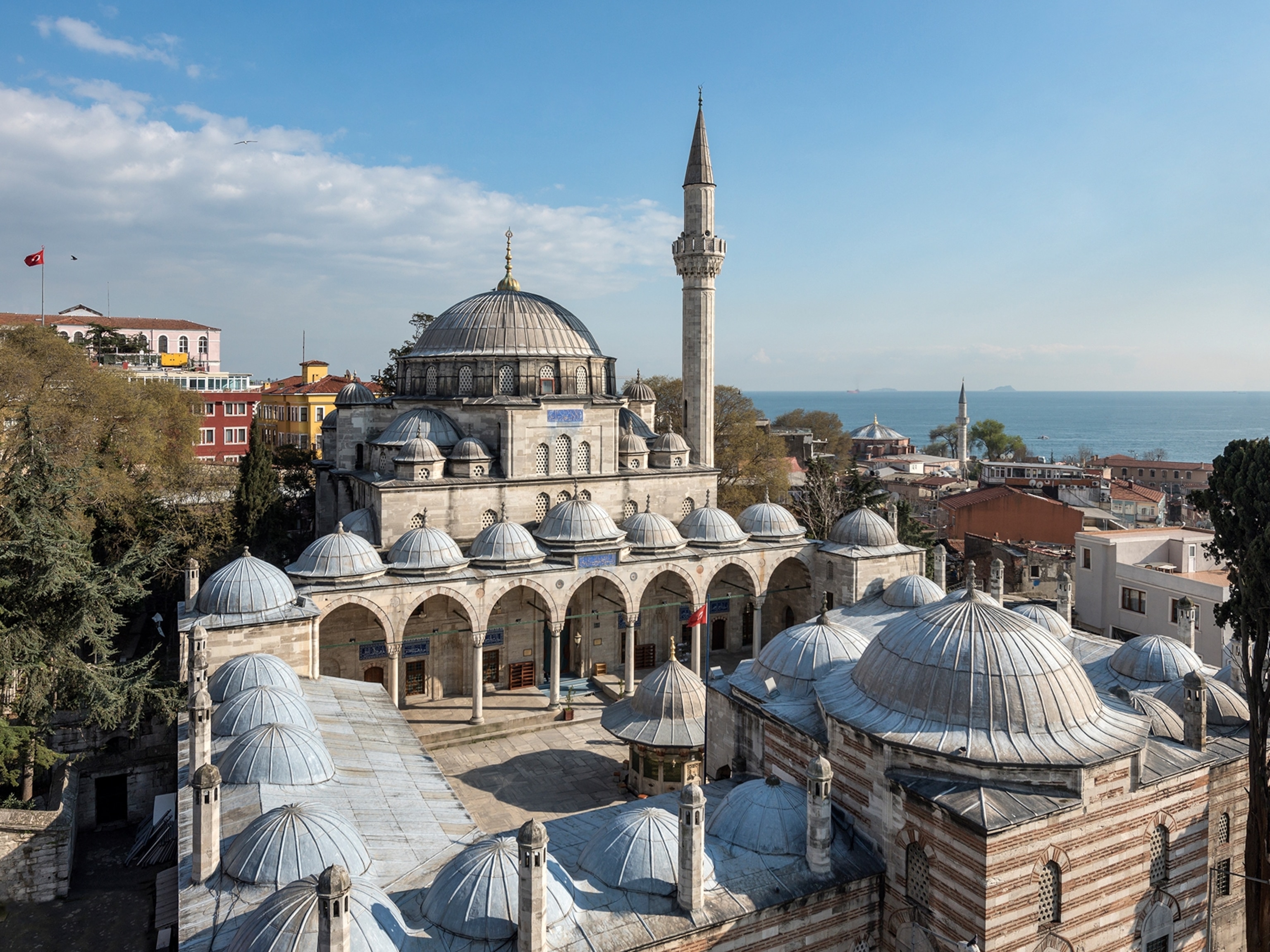How absinthe made a comeback in its Alpine homeland—after a century-long ban
The Green Fairy, once the drink of choice for the likes of van Gogh and Zola, is being poured with panache along the French-Swiss border.

Absinthe is still a drink that strikes fear into the heart of some liquor lovers. During the heady days of the belle epoque, La Fée Verte (The Green Fairy) acquired a reputation as the mind-bending tipple of choice for van Gogh, Zola, Rimbaud, Toulouse-Lautrec, and a host of other bohemian artists and writers active in Paris. Then, following a notorious 1904 incident in Switzerland, the spirit was banned in that country and many others. For nearly a century, its toxic reputation remained.
Even in places where it wasn’t banned, absinthe has always been something of a daring novelty—an edgy ingredient in cocktails like the Sazerac and Corpse Reviver No. 2 or a flaming shot knocked back by fearless hell-raisers. It’s true that absinthe, with an alcohol content typically ranging from 50 to 60 percent, isn’t for the fainthearted, but in moderation it can be enjoyed just like any other spirit.
My first taste occurs a world away from any cocktail bar. I’m standing in a forest at Fontaine à Louis, a spring-fed woodland fountain in the Swiss Jura, the region where absinthe originated.
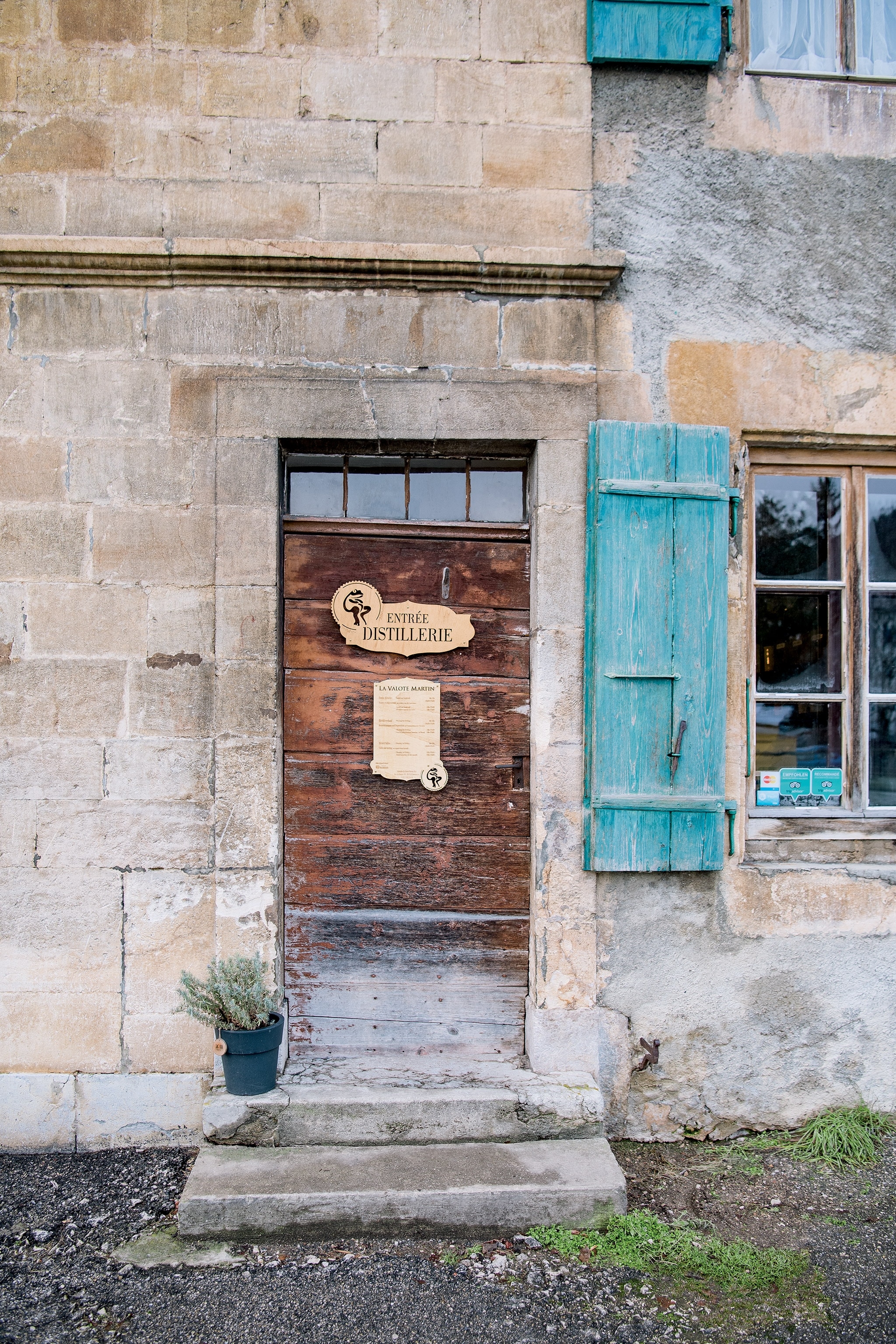
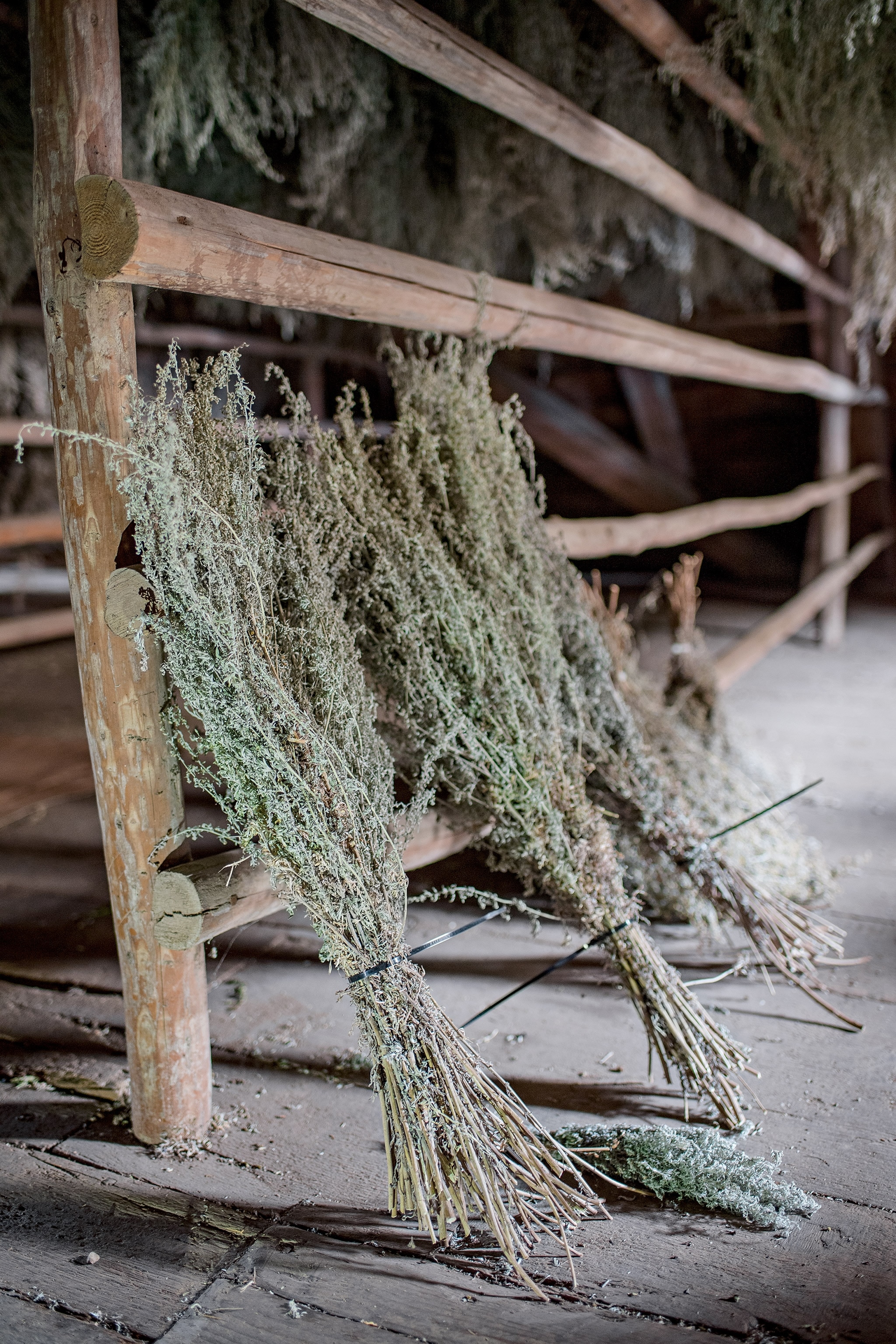
It was at tree-shrouded springs like this that absinthe was covertly sipped during the ban, explains Yann Klauser, head of the local absinthe museum, Maison de l’Absinthe, as he adds spring water to his shot glass. I half expect the police to jump out and arrest us, but this is all aboveboard. Switzerland legalized the spirit in 2005, and France did so in 2011 (though France had permitted the sale of absinthe under a different name since 1988).
My trip to absinthe’s heartland on the French–Swiss border has convinced me that the drink’s notoriety is undeserved. Here you find the good stuff: a refreshing spirit distilled with up to 10 botanicals—including aniseed, mint, and lemon balm—to disguise the bitter taste of the key ingredient, wormwood.
Traditionally, it’s served à la Parisienne—an elaborate ritual centered around an absinthe fountain (a large, ornate jar with spigots, resting on a stand). From this, ice-cold water is dripped through a sugar lump perched on a slotted spoon lying on the rim of a glass of absinthe. The moment the water is added, the spirit turns cloudy, like pastis.
Although seldom encountered in the region’s watering holes, the sugar-and-spoon ceremony is a big part of the experience at the bars and tasting rooms of local absinthe distilleries. Yet for all the industry’s fondness for nostalgia, it’s also looking to the future and is enjoying a renaissance not unlike the gin revolution in the United Kingdom. Dozens of small, family-run distilleries are blending their botanicals in the traditional absinthe areas of Switzerland and France.

(Related: Here are 10 cities around the world known for their cocktails, beer, and wine.)
An undeserved bad rap
My journey begins in Pontarlier, a laid-back town at the foot of the Jura Mountains in eastern France. Its ties with absinthe are strong, and by all accounts the town was once awash with the stuff. By the end of the 19th century, there were 25 distilleries in and around Pontarlier producing absinthe and providing a living for some 3,000 of the town’s 8,000-odd inhabitants.
Today, at the Pontarlier Museum, a whole floor is given over to the drink. According to the museum’s cultural liaison officer, Elise Berthelot, absinthe’s popularity didn’t go down well with people in the wine trade, especially as the local vineyards were suffering from an insect blight that was pushing prices up. Absinthe’s consumption was soon being vigorously campaigned against by the church and the authorities. Chilling posters from this time—also on display—made it clear that the Green Fairy would spell certain doom for all who dared to consume it.
“The ‘dangerous’ ingredient was thought to be the thujone [a toxic compound] in the wormwood plant. Their ‘proof’ was found by injecting it into mice’s brains; however, this obviously isn’t how humans consume it,” explains Berthelot, rolling her eyes.
When, in 1904, a Swiss laborer killed his family after drinking absinthe, it was the last straw. Switzerland banned it, and over the next decade many other countries followed suit, including France and the U.S. (the American ban was reversed in 2007).
While most absinthe distilleries were forced to close, some—like Distillerie Guy, in Pontarlier (run by the Guy family for five generations)—survived by diversifying into other aniseed-flavored aperitifs such as pastis. These days, the family is bringing absinthe back to life at its buzzing distillery where gleaming copper stills are admired by the numerous visitors on their way into the tasting room for a sample.
Secret sips and brazen bootleggers
Over lunch with Fabrice Hérard, who heads up the French part of the Route de l’Absinthe (a Franco-Swiss absinthe tourist route), we tuck into a steak flambéed in the spirit and served in a deliciously aromatic absinthe sauce. As we chat about the approaches of distillers on either side of the border, Hérard says he finds it interesting that the French, for all their reputed rebelliousness, simply accepted the ban, whereas the Swiss—often typecast as rule-driven—carried on in secret in Val de Travers. If they hadn’t, the recipes and production methods could easily have been lost.
Val de Travers is a wide green valley, peppered with villages whose histories are bound to absinthe. Klauser, head of Maison de l’Absinthe, in the village of Môtiers, meets me in the museum’s bar. Lines of shelves showcase bottles from local distilleries, and the sleek modernity of the bar makes quite a contrast to the quaint Swiss village outside.
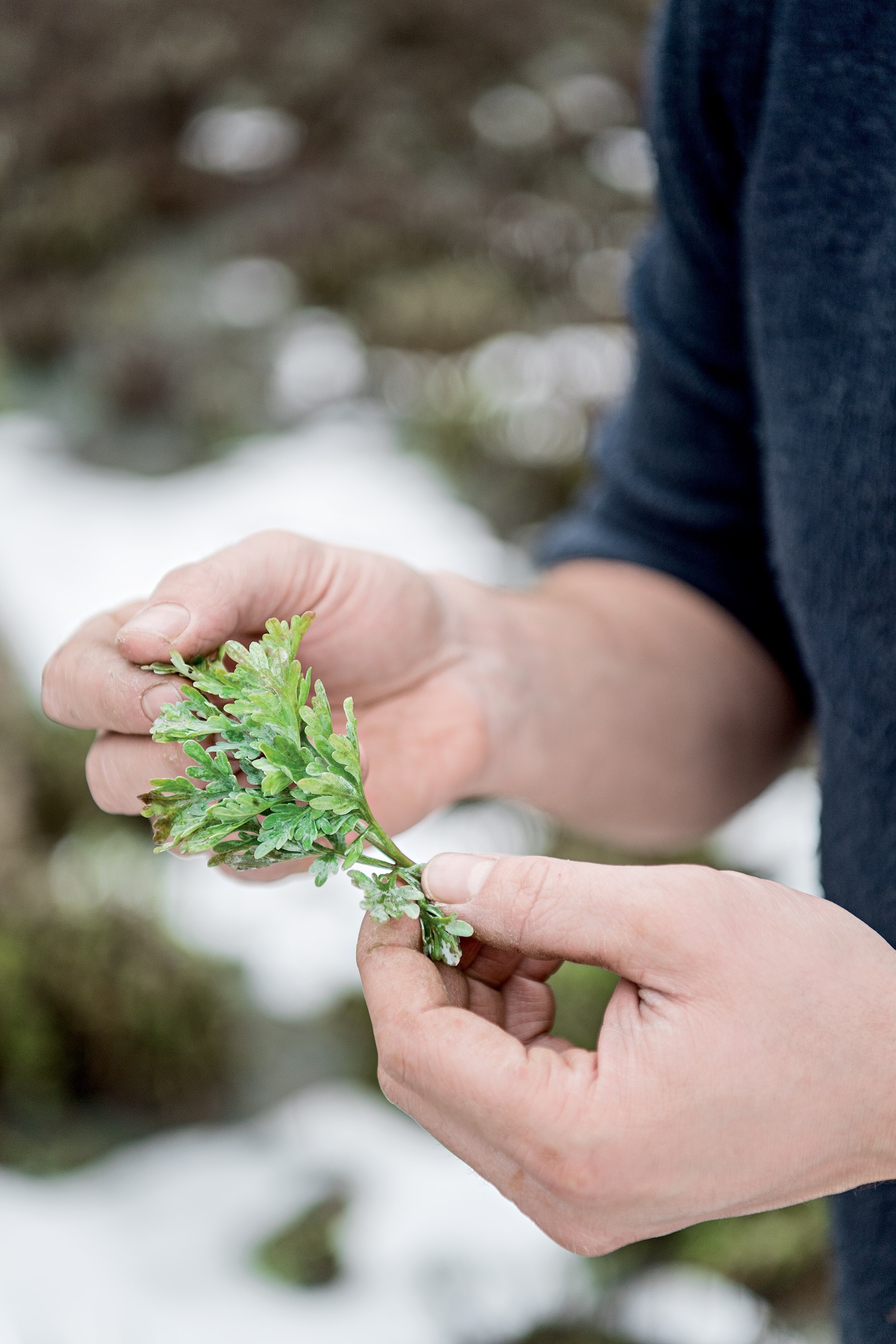
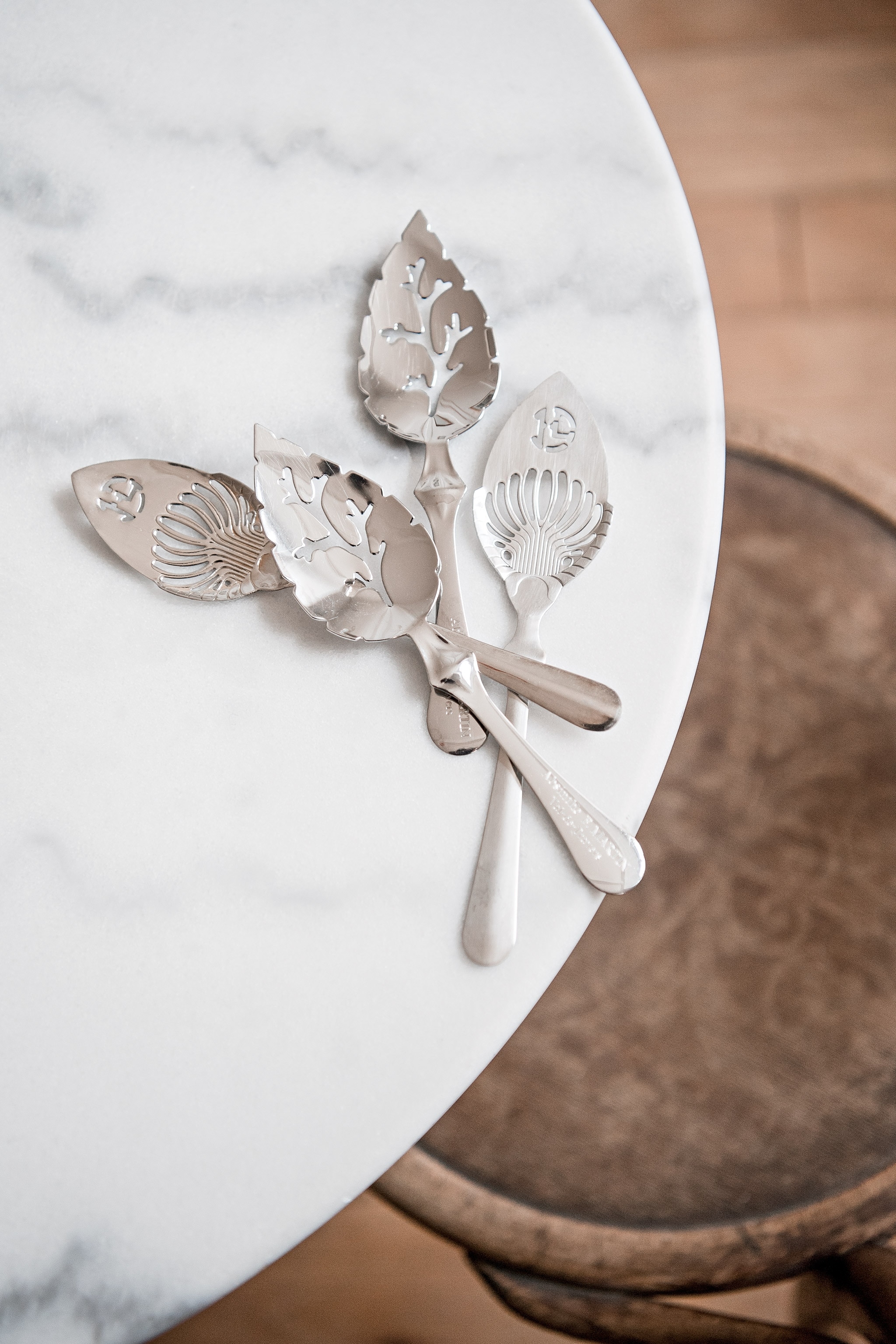
It’s too early for a drink, so Klauser shows me around. The museum, set in a former judge’s office, tells how absinthe never really went away. “They used to drink ‘Ovaltine’ in the bars in opaque mugs,” he says. “But inside it was absinthe.” The exhibits explore the ingenious methods used to hide the distillation process (tires were burned and silage pits stirred to disguise the smell) and the various ways the finished product was concealed (for example, in recycled pineapple tins).
One audacious flaunting of the law occurred during the visit of then French president François Mitterrand in 1983. A local chef prepared a dessert for the president: a cold soufflé, with one special ingredient—absinthe. According to Klauser, a French journalist covering the visit was so taken aback he blurted out, “But isn’t absinthe banned?” The chef was unmoved, replying nonchalantly, “Oh yes.” When I try the dessert later, at lunch, it’s delicious—the absinthe lending a spearmint flavor to the delicate cream.
(Related: Discover the 21 best cities for dining around the globe.)
Back in the bar area, I admire the 28 different brands made by 17 different Swiss distillers—all with labels beautifully adorned with fairies, art nouveau curves, or scenes from historic posters. While most distilleries here create a clear spirit, there are a few brands of green absinthe. “The green color comes from chlorophyll in the nettle or mint, or hyssop, or even spinach, but it’s very difficult to get the balance and the color right,” explains Klauser.
In the next village, Boveresse, Philippe Martin runs his family’s once-clandestine distillery and grew up with absinthe ever present. “My father was a bootlegger, his uncle as well; someone in the family was always involved. I remember, as a kid, the bathtub always being used for the stills’ cooling system.”
A spirit on the rise again
Martin’s distillery, La Valote Martin, is one of very few that oversees the whole process, from growing the plants to drying them and using them in the spirit. Set in a large chalet building, his copper stills take pride of place in one of the huge fireplaces. In the walled garden, the gray-flowered wormwood plants grow alongside the other vital herbs and flowers.
For the herbs to be used in the stills, they must first be dried, which Martin does in the attic of the building. We climb the creaking stairs, past peeling 1970s wallpaper, before we reach a final flight that’s almost as steep as a ladder. At the top, the drying racks come into view. On lines of musty wooden beams, the gray flowers hang in bunches. A light, herbal aroma reaches our nostrils, while shafts of light from the windows give it a slightly creepy air; I almost expect Miss Havisham to be sitting in a corner.
We finish with a tasting in the small bar area, where Martin explains how many distillers today are making blends that are sweet enough to be drunk without the sugar cube. As I’m driving, I take only a sip, but the flavor is refreshing, the tartness of the aniseed softened by a gentle blend of other botanicals.
Later, I meet Klauser back at Maison de l’Absinthe, and we drive to a trail in the woods that leads to one of the town’s former illicit drinking dens. Fifteen minutes later, we arrive at the spring, top up our glasses of absinthe, and raise a toast. “Santé!” we say—good health. After this foray into the Green Fairy’s heartland, I know both my santé—and my sanity—are safe.
